The Xbox Series X hardware will not disappoint. It’s powerful, sleek and modern, and games that are optimized to take advantage of all the new hardware will truly shine. The launch line up left a lot to be desired, but as we enter the console’s fourth year, a mountain of investment in gaming content will really see the Xbox Series X come into its own.
As we head into 2024, the Xbox Series X enters its fourth year of availability. The suped-up side-kick to the Xbox Series S, the X promises 4K visuals at up to 120Hz, complete with HDR lighting and more photorealistic graphics. How are we feeling about it several years later?
It’s no secret that the Xbox Series X|S line up has lagged behind the PlayStation 5 in terms of sales success, yet Microsoft continues to tout console engagement as increasing. This suggests that many Xbox fans continue to use their Xbox One and even Xbox 360 consoles, which remain supported to varying degrees. Yet, with mountains of price cuts throughout the year, and the promise of current-gen exclusives like GTA 6, many will likely be looking to upgrade for the first time. Sony has done a far better job of moving its console base from PS4 to PS5 with the promise of high-quality exclusives, an area that Microsoft has notoriously struggled with. However, the tide is changing. Existing games like Halo Infinite have vastly improved in recent years, and tons of upcoming Xbox games from exclusive studios like Clockwork Revolution, South of Midnight, and Marvel’s Blade look set to change perceptions of Xbox’s game line up.
But how has the hardware held up over the past few years? The answer to that is extremely well. This is the best Xbox Microsoft has ever built, and the best way to experience the Microsoft gaming ecosystem.
Xbox Series X review: Specs, hardware and design
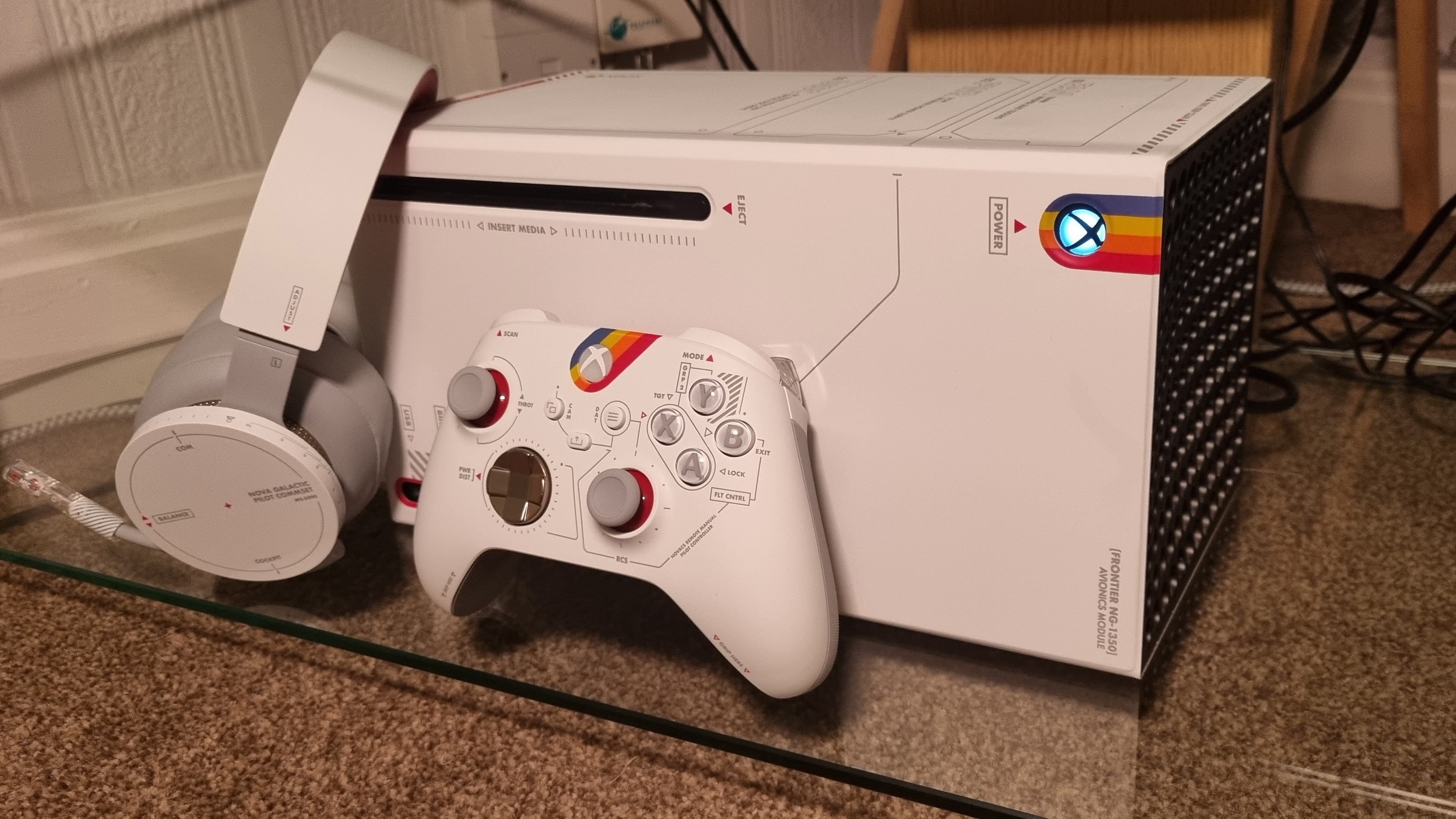
| Category | Xbox Series X |
|---|---|
| Processor | 8 cores @ 3.8GHz (3.66GHz w/ SMT) custom Zen 2 CPU |
| Graphics | 12.155 TFLOPS, 52 CUs @ 1.825GHz RDNA 2 GPU |
| Die size | 360.45mm2 |
| Process | 7nm enhanced |
| Memory | 16GB GDDR6 w/ 320MB bus |
| Memory bandwidth | 10GB @ 560GB/s, 6GB @ 336GB/s |
| Internal storage | 1TB Custom NVME SSD |
| I/O throughput | 2.4GB/s (raw), 4.8GB/s (compressed, with custom hardware decompression block) |
| Expandable storage | 1TB Expansion Card (sold separately) |
| External storage | USB 3.2 external HDD support |
| Optical drive | 4K UHD Blu-ray drive (No 3D Blu-ray support) |
| Performance target | 4K @ 60 FPS, up to 4K @ 120 FPS, 8K @ 60 FPS |
| Color | Matte Black |
| Size | 301mm x 151mm x 151mm |
| Price | $499 |
In this section, we’ll cover general specs, ports, hardware design, and features, before we get into the gritty gameplay and performance metrics. Here’s an overview of the general hardware experience with the Xbox Series X.
When initially revealed, the Xbox Series X stunned the internet with its size. Not long after, we discovered that its primary competitor, the PS5, also sports a similar volume. The boosted size is to accommodate boosted power, and a boosted need for boosted airflow (boosted). PC gaming has marched on since the launch of the Xbox Series X and PS5, of course, but the PC-like power these devices brought to the table was incredibly impressive at $500 when they launched. Various discounts over the years have made them even more accessible, too, making the Xbox Series X the best value option for getting into high-end 4K core gaming.
When you consider its price and the airflow requirements, it’s hard to attack any aspect of the Xbox Series X’s design. Over the years, I’ve found that I’ve become quite fond of its tower format, although users who want to lay it down flat either out of necessity or preference may find it looks a little less impressive in that configuration. The unsightly foot of the console becomes exposed when its on its side, making it look like its been toppled over by an angry cat.
It’s certainly designed to be upright in my view, much like a mini tower PC or something like that. Its monolithic appearance and top-facing ventilation has worked well for me over the past few years, and given me minimal fuss. Its stable, with good buttons and ports with good action, with zero wear and tear to speak of. I’ve used this console virtually every day since I got it, and I’ve got absolutely no complaints.
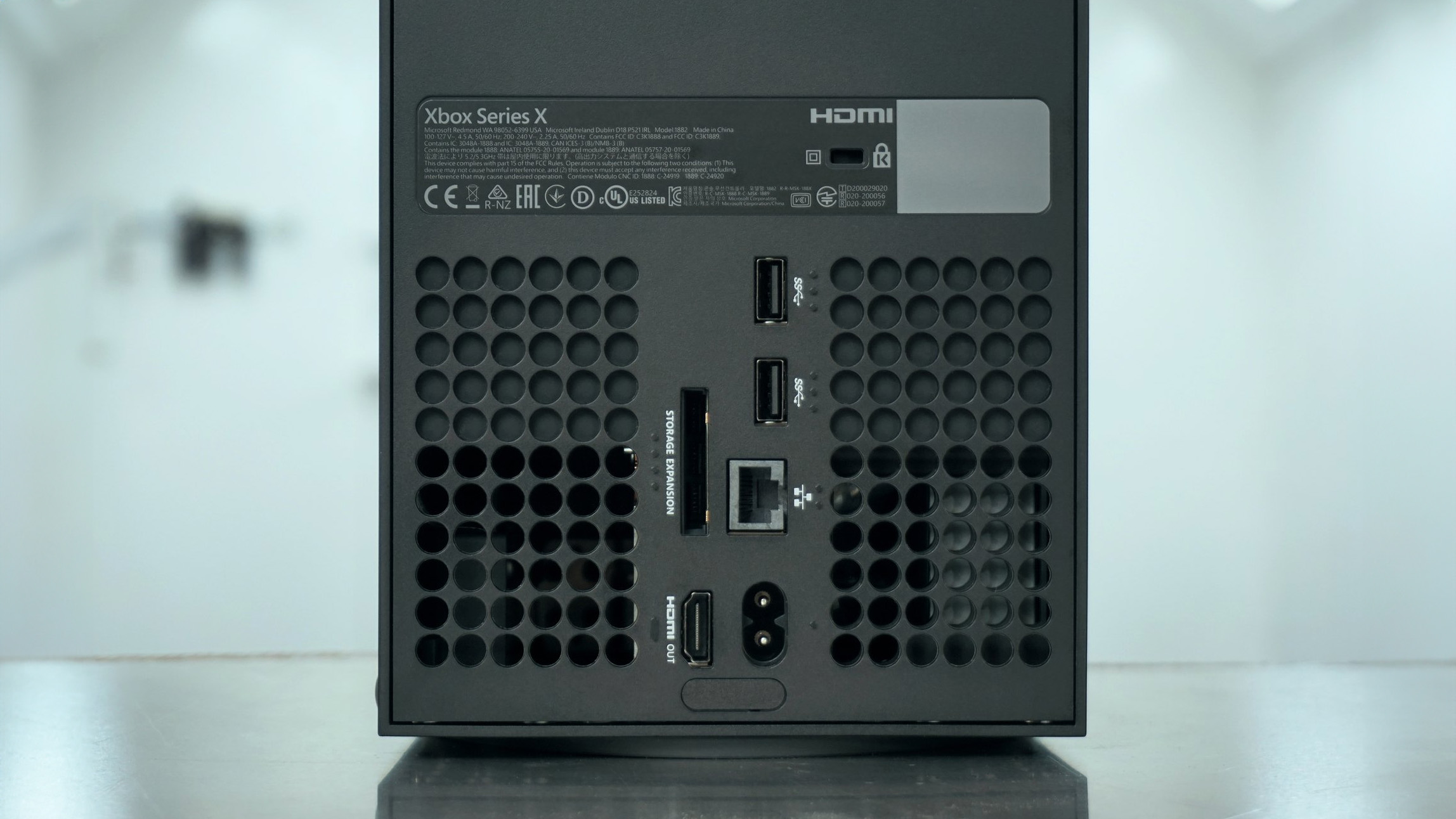
We tested the thermals with a FLIR heat imaging camera in both horizontal and vertical configurations, and found that the heat dissipation remained largely the same in both configs. We’ll discuss that a little more in a minute, though.
I will say that the port layout is a little more irritating than the Xbox One generation. The ports on the Series X are haphazardly stacked on top of each other rather than neatly lined up. It can make it hard to figure out without looking what you’re trying to reach at, despite efforts made by Microsoft to provide accessibility grooves and engravings. However, given how tightly packed they are, those engravings quickly become useless, since you can’t feel them out when there are a bunch of taut cables plugged in.
There’s also a couple of glaring omissions on this console generation, namely the lack of SPDIF optical audio and Kinect. Microsoft has essentially killed off Kinect, meaning that anyone still rocking the peripheral on Xbox One will be left out in the cold. Additionally, if you’re using a set up that requires SPDIF optical audio, you’re similarly left out. We’ll discuss some of the OS features in the next section, in more depth.
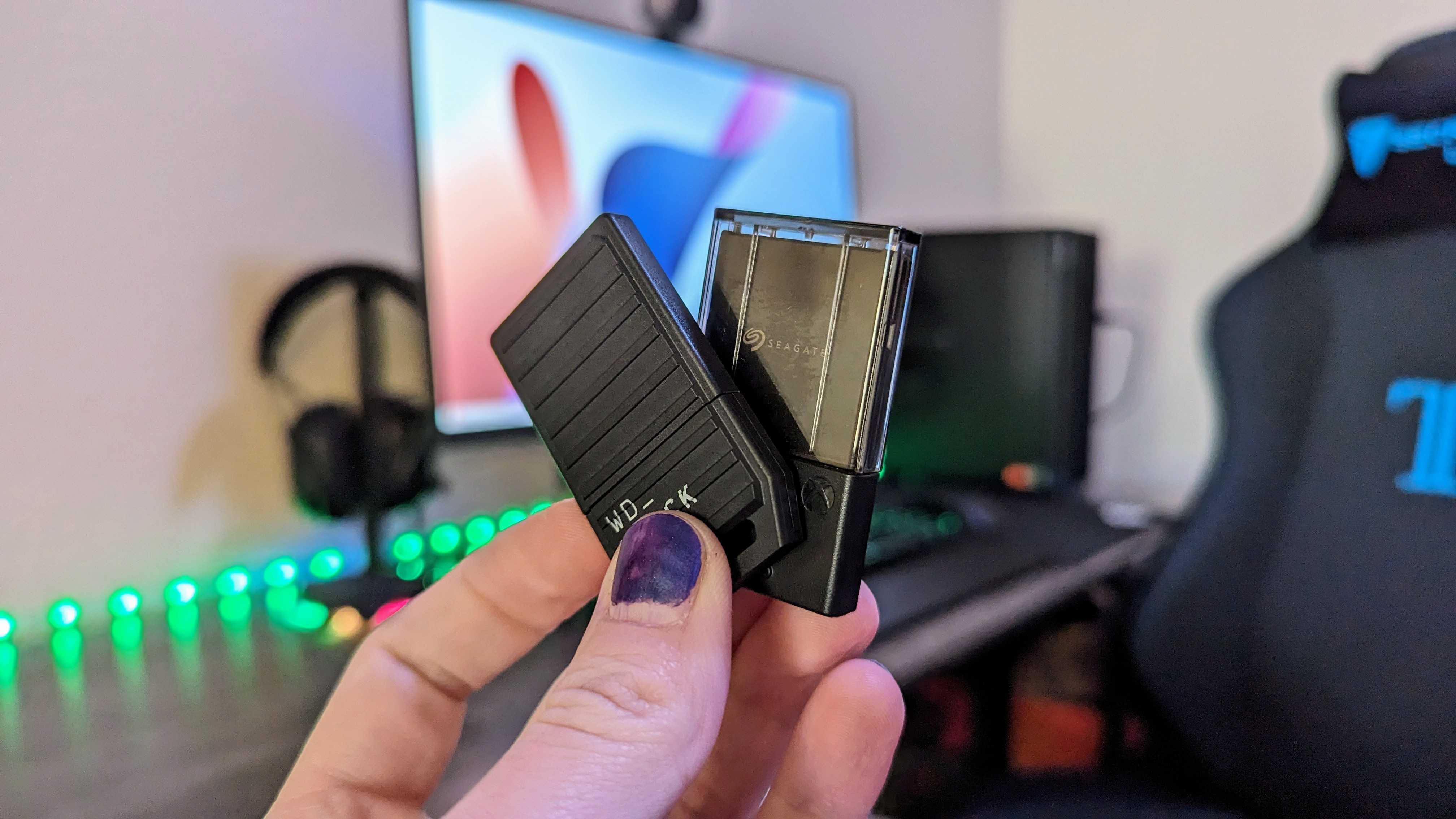
On the topic of ports, Microsoft opted for a novel solution method for expandable storage this time around. The Xbox Series X sports an NVME SSD on the inside, which comes with massive speed increases over its mechanical HDD predecessors. However, the downside is that a standard USB external HDD is no longer suitable for streaming game information through the console.
Microsoft opted for CFExpress memory cards, reminiscent of the old PlayStation 1 memory cards, as an expandable storage option. These are quite pricy options, although they have seen their price points tumble nearly by half since launch. The WD_Black Xbox Series X|S expansion card and Seagate Xbox Series X|S expansion cards work very well, although they do get warm while in use — that’s largely to be expected. NVME storage gets warm in your PC or laptop as well. The cards plug straight into the motherboard essentially, and the Xbox interprets it as being part of the standard storage pool.
Here’s a breakdown on the speed improvements for the NVME set up Microsoft has for the Xbox Series X. The speed differences between the internal device and any external card you get a negligible, if they exist at all.
| Loading speed test | Xbox Series X (SSD) | Xbox One X (HDD) |
|---|---|---|
| Monster Hunter: World | 4.7 seconds | 35.6 seconds |
| Gears 5 | 8.9 seconds | 47 seconds |
| State of Decay 2 | 13.1 seconds | 1 minute, 3.4 seconds |
| Fortnite | 10.2 seconds | 24.3 seconds |
| Rocket League | 4 seconds | 5 seconds |
The cards have a thick plastic handle for removal, so you don’t fry your fingers while removing them, but most of the time you can just leave them plugged in in perpetuity.
Microsoft has been criticized in recent years for how expensive Xbox Series X|S storage cards are, and they have worked pretty tirelessly to get the prices down. A standard NVME m2 drive will still be cheaper, however, but the fact you can hot swap the Xbox Series X|S cards and take them to other consoles or go portable with them without grabbing a screw driver is a pretty cool thing sometimes.
From a hardware perspective, the Xbox Series X is the best console Microsoft has ever built.
Looping back to heat generation, I noted that NVME storage gets pretty hot, but thankfully, the Xbox Series X itself is anything but. This thing has exemplary airflow tech, designed to vacuum cool air from underneath and around the device and expel it through the top exhaust.
The engineering prowess here is undeniable, but it’s fair to say that it will warm up any living space you have it situated in. The air coming out of the top vent will be roughly 55C to 60C at any given time. Nice in the winter, but if you’re in a small room without air conditioner in the summer, it can be a bit irritating to turn on. But, it’s hardly worth blaming Microsoft for the laws of thermodynamics.
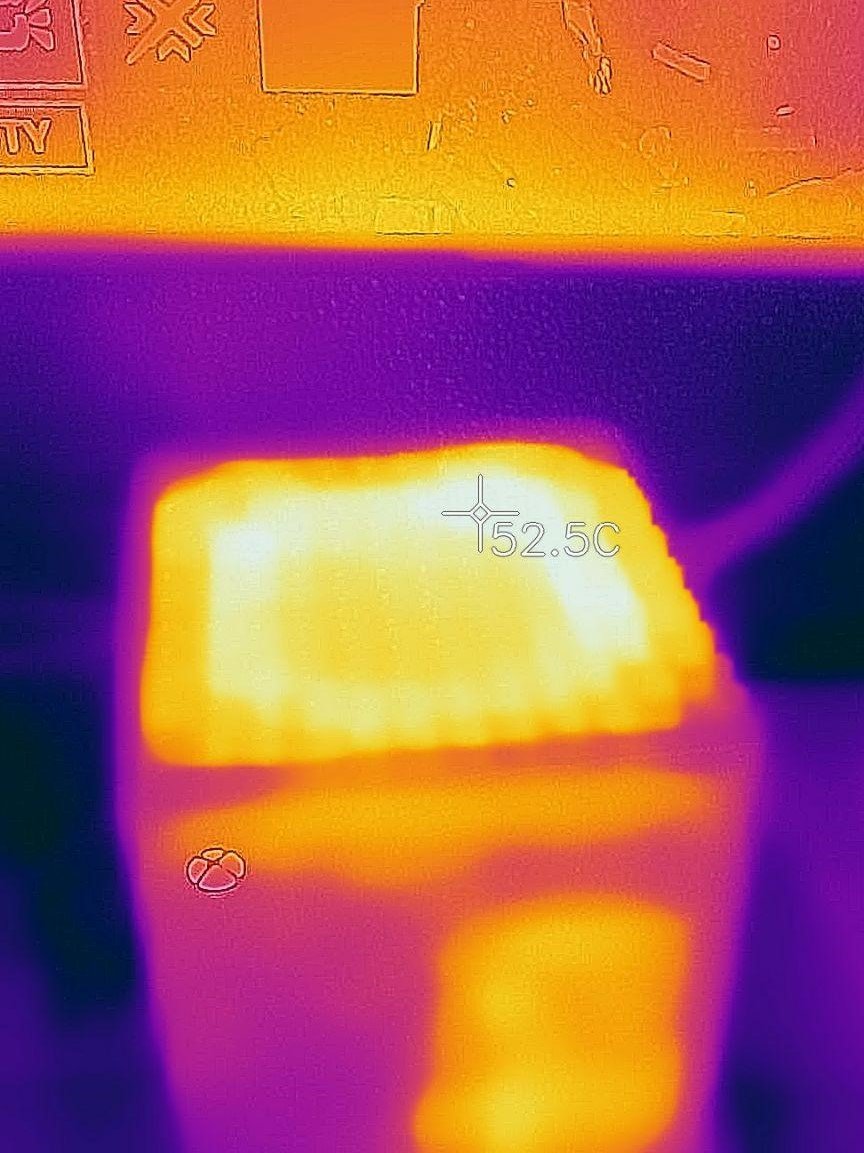
The Xbox Series X is generally cooler than the Xbox One X, though, and many similarly-powerful laptops and PCs out there. It’s also quieter. The Xbox Series X makes virtually zero sound in operation, save for a quiet murmur. The Xbox Series X becomes a bit more audible with intensity, but it’s still whisper quiet even in the most demanding scenarios.
For a full rundown of how hot the Xbox Series X gets head here, but for a quick example, you can see in the thermal imaging shot here that the Xbox Series X remains on the cooler end of computing hardware. My laptop gets far hotter while running games, as do last-gens Xbox One and PS4 systems. Running demanding games like Gears 5 and Gears Tactics at full fat 4K sees the system top out at around 52C. Backward compatible titles and less intensive games can see the core temp dwindle to anything around 35C, which is great.
Purely from an engineering and design standpoint, the Xbox Series X is quite easily the best Xbox console ever made in my view.
When it comes to engineering and design, I’m pretty confident to state that the Xbox Series X is the best Xbox console Microsoft has ever built. It’s really not as large as it seems in pictures, and getting PC-like power in such a compact, cool, and quiet device is simply remarkable. But a video game console is far more than its design.
Xbox Series X review: Features and OS
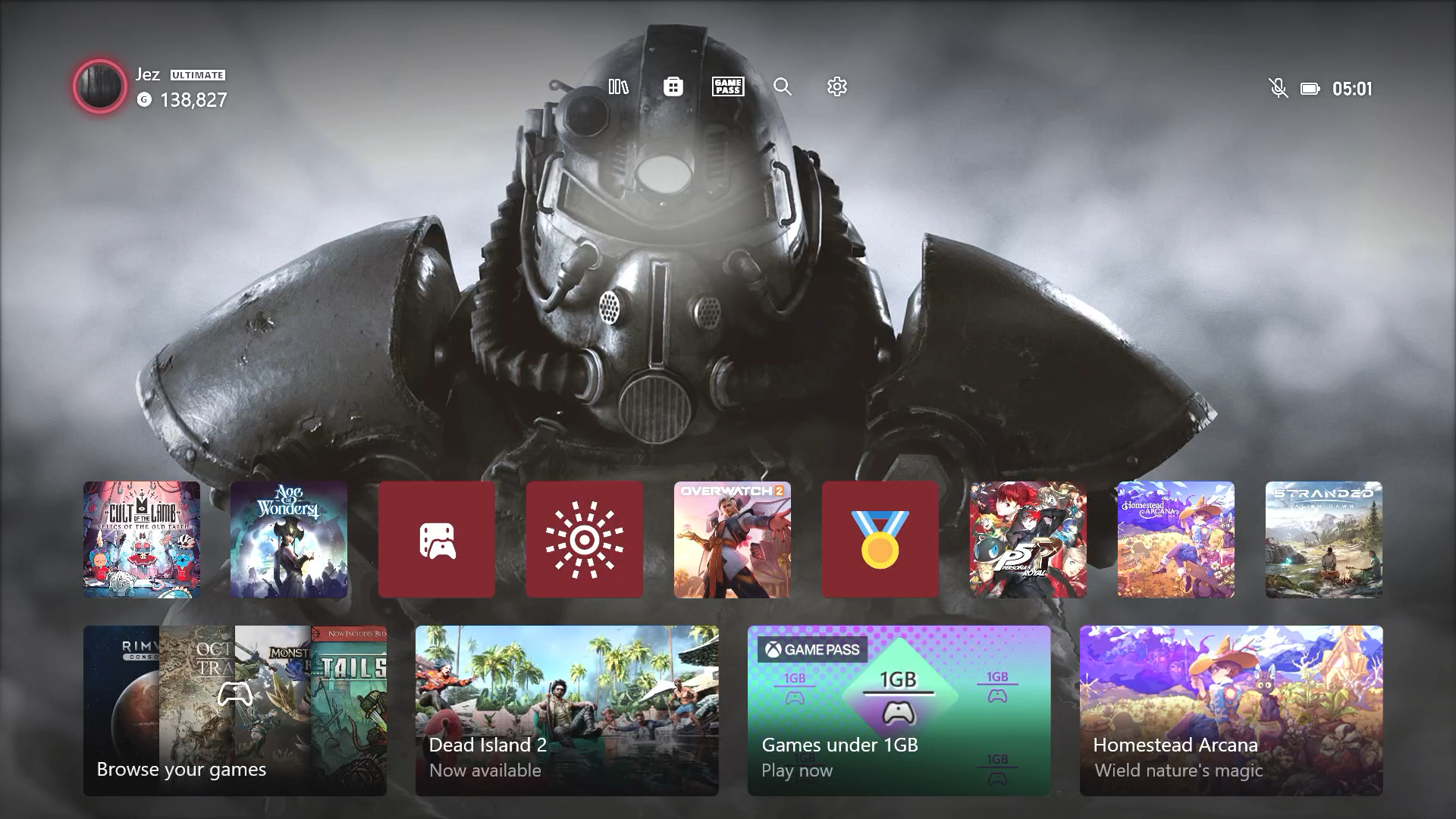
On OS features, the Xbox Series X is a story of wins and losses, sadly. On paper, this is indeed a “new generation” of console hardware, but the truth is a little more complicated. The Xbox Series X could be called an Xbox One X Pro, and you wouldn’t be wrong. It shares the same operating system, targets 4K as its peak resolution, and sports by far the same feature set.
The Xbox Series X is, however, a very different vision for a very different time to the Xbox One generation. And that could be seen as both a good and a bad thing, depending on your perspective.
Xbox Series X media support largely nails the basics, but there are some caveats.
The Xbox Series X|S almost completely does away with the Xbox One’s vision of being your one-stop shop entertainment center. The Xbox Series X|S no longer have IR blasters for controlling external devices. HDMI pass-through has been removed, meaning it can no longer integrate with your cable TV delivery. Even SPDIF optical audio has been removed, eliminating access to high-end sound systems or headphone set ups.
Indeed, the OneGuide TV listings app from the Xbox One era has been removed completely, as has the ability to play 3D Blu-ray discs. I wrote in the first version of this review that Microsoft was following trends for omitting some of these features, given the rise of streaming services like Disney+ and Netflix. Indeed, streaming services have pretty much taken over since then, with Blu-ray sales in decline and cable TV provision also in decline, as competition for attention becomes more aggressive than ever. The Xbox Series X of course still supports those streaming apps, complete with 4K play back, and even supports things like Kodi and Plex for homebrew media servers. It also incorporates modern HDMI-CEC for controlling your TV over HDMI signals rather than via infra-red, so it’s not all about the losses. All of the best TVs for Xbox Series X we list support HDMI-CEC, as well other features like HDR10 needed to get the most out of your console.
The Xbox Series X supports 4K UHD Blu-ray, 4K media apps, videos, HDR10, Dolby Vision, Dolby Atmos, DTS:X surround for media lovers. It now also incorporates Amazon Echo and Google Assistant for voice commands, which is a nice touch when incorporating routines and so on. You could have an Echo turn on your lighting, TV via HDMI-CEC, and your Xbox Series X with one command, for example. However, there are some long-standing (albeit niche) issues with external speaker systems with regards to Dolby Atmos for audio. Additionally, the onboard media player app leaves a lot to be desired when viewing movies from a connected storage device, struggling with certain file types when compared to more robust apps like VLC player. The RAM allocation for apps is also a bit painful. Apps that aren’t properly optimized can just crash out of nowhere without warning, with Microsoft Edge being a chief culprit here. I suspect improving this experience will be high on the agenda with the next Xbox generation.
We might have lost things like Kinect, SPDIF, picture-in-picture, amongst others, but we have gained some seriously powerful gaming features.

The biggest addition in this generation was Quick Resume, which is quite literally a “game changer,” as it were. After 3 years of use I’ve started taking it for granted to some degree, but I can’t imagine going without it now. The Xbox Series X|S consoles commit game states to memory, allowing you to “quick resume” straight back into them. This even works when the console is turned off, resuming your game without having to boot them up or load into them. It works exactly the same way as resuming apps on your smart phone, at least in terms of user experience. The save states even persist if your console is turned off.
You can store several games into quick resume simultaneously. You could leave Overwatch 2 running for example, while hopping into Alan Wake 2, and then back and forth. The Quick Resume feature has also been improved since launch. Previously it was difficult to manage which games were present in Quick Resume, but a new section under My Games & Apps, called Groups, now lets you see at a glance which games currently are in a save state. The downside is that sometimes, Quick Resume seems to cause issues with certain games, if they haven’t been designed with Quick Resume in mind. Some games will lose audio, for example, before being rebooted. It can also be a bit unreliable, since games can exit Quick Resume without warning at times, so you’ll want to make sure that you save your games manually instead of relying fully on Quick Resume.
The Xbox Series X (and S) take advantage of many of the latest HDMI 2.1 features, including Auto-Low Latency Mode or ALLM, which makes sure your TV is set to Game Mode when it detects that an Xbox console is connected. The Xbox Series X can also take advantage of 4K 120Hz and 8K 60Hz outputs, which some games in the launch line up are gunning for. Microsoft has also added a unique “FPS Boost” feature to the Xbox Series X and S consoles, giving backward-compatible games a frame rate boost, and in some cases, “Auto HDR” as well. Microsoft has worked incredibly hard to make Xbox Series X|S consoles impressively backward compatible with Xbox One and even a large selection of Xbox 360 games too, complete with the aforementioned enhancements.
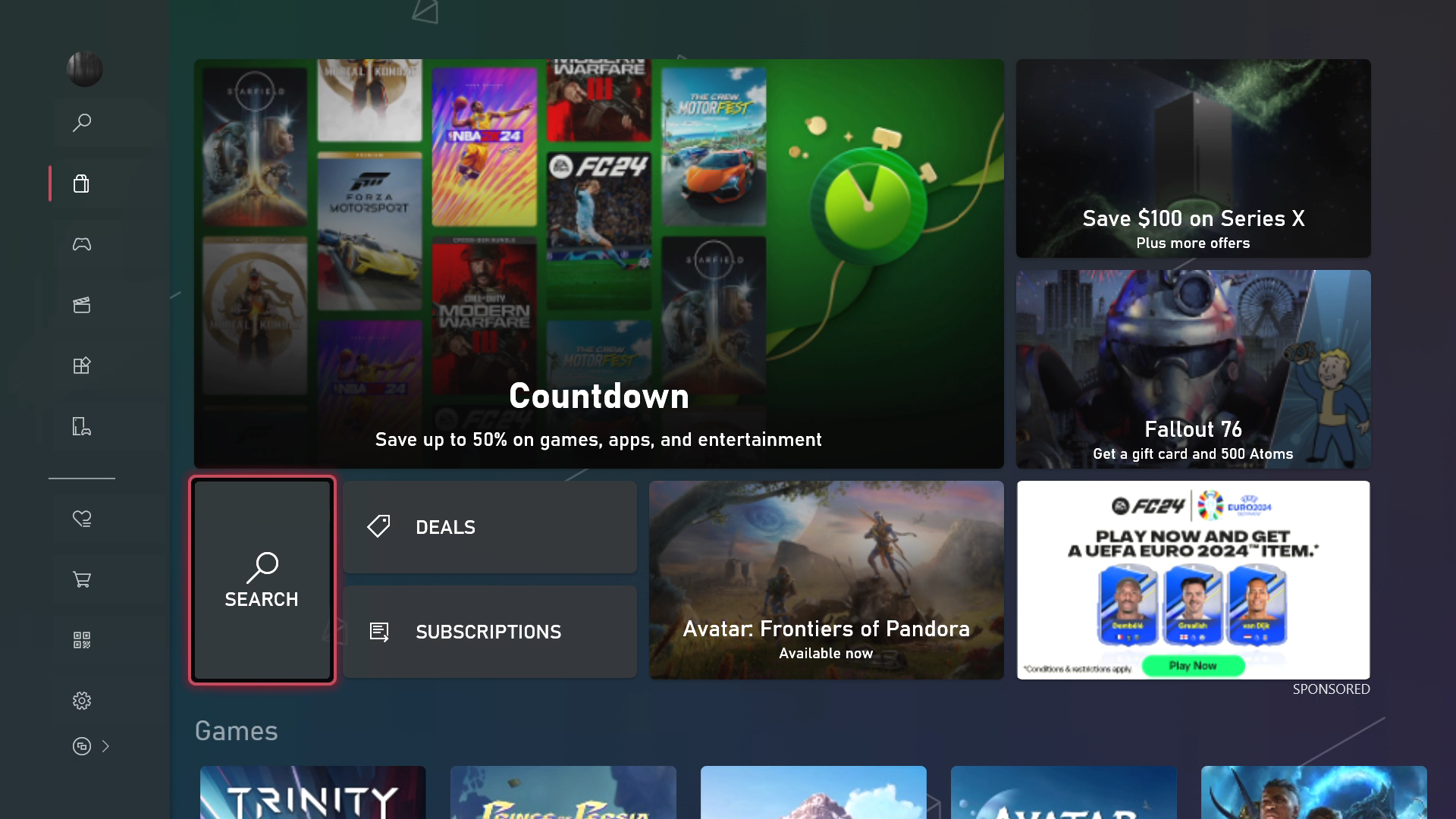
The Xbox Series X|S launched in line with a big dashboard refresh, bringing the Xbox One and Xbox Series X|S design language in-line with Windows 11. Although it draws on Windows 11, the newest Xbox Series X|S dashboard design direction definitively offers its own style and identity. These new stylings are persistent across the Xbox Game Pass apps on PC and mobile, as well as the new Xbox app, which comes with a handy new feature for new Xbox Series X console owners as well. While you wait for the Xbox Series X to download its initial updates, you can sign in and install your games and settings via the mobile app on Android and iOS, streamlining the whole process. Microsoft also refreshed the Xbox store’s design across the board, making it incredibly speedy in the process.
Microsoft revamped the dashboard even further in 2023, reacting to fan feedback by reducing the footprint of tiles on the main dashboard, enhancing the view of custom backgrounds in the process.
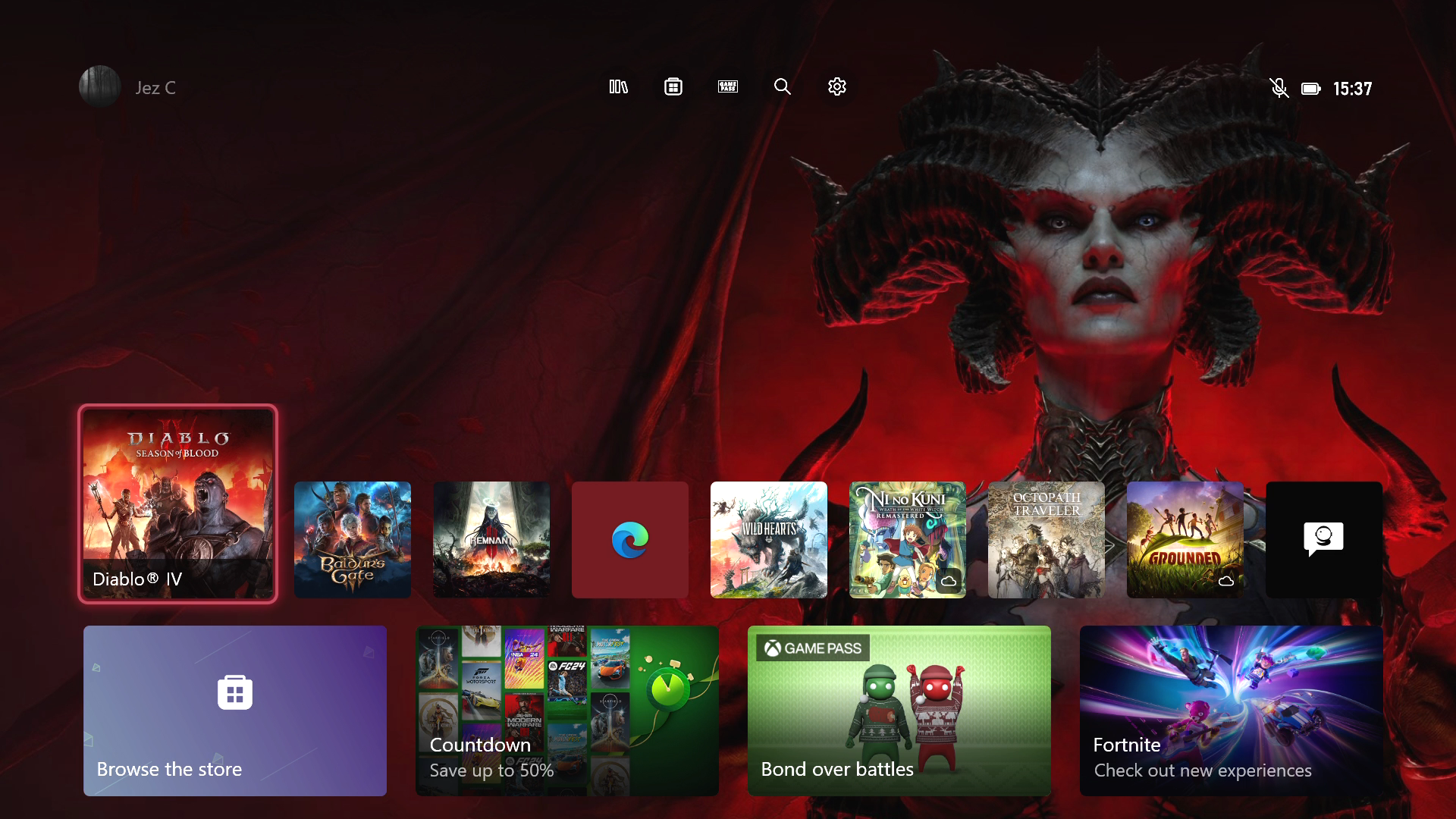
The Xbox Series X dashboard also sports Dynamic Themes, which are animated and stylish. Since the original version of this review, Microsoft boosted the resolution of the dashboard up to 4K, which greatly enhances the experience on the Xbox Series X. However, the dashboard still doesn’t support HDR as of writing, this makes your TV flicker in some scenarios when switching between viewing modes. It’s not a big deal, unless your TV is particularly slow at flipping viewing modes.
And sure, various fan-favorite features from the old Xbox One days are still missing. Picture-in-picture for media apps is still gone, which was pretty handy for grinding segments in certain games. The Upload Studio app is still dead, which means making content out of your Game DVR clips still requires oft-expensive third-party PC or mobile software. In a world of YouTube Shorts and TikTok videos, it feels like Microsoft is somehow missing a trick by not having editing software right on the box. Things like party chat messaging also still feel quite sluggish compared to modern messaging platforms like Discord, WhatsApp, and Telegram, although they have improved a bit over time. Most of these problems are small, though, and don’t really impact the overall experience.
What we have is an OS that refines upon all of the mistakes of the Xbox One, while sidestepping some of the forced Windows 8 implementations. We now have a dashboard that prioritizes speed, usability, and gaming above all else. Almost every best Xbox accessory and all of your best Xbox headsets carry forward too, from the previous Xbox One generation.
The Xbox Series X and S dashboard is a painstakingly polished and responsive experience, which is a far, far, far cry from the sluggish and clunky Kinect-first environment we got back in 2013.
Xbox Series X review: Games and ecosystem
The Xbox Series X has promised to be the “world’s most powerful console,” but what does that mean in reality? At least, in theory, it means that games will hit 60 frames per second more consistently, at 4K resolution more consistently, while also bringing in some next-gen visual features. Some of those advanced features include ray-tracing reflections and shadows, which aims to cast light more dynamically, rather than artificially, elevating the visual fidelity of your games. Microsoft also offers FPS Boost and Auto HDR to enhance past-gen games, too, while other companies are eager to sell those enhancements as premium DLC or as part of “Remastered” editions.
The architecture brought in some of the latest tech from AMD (at least back in 2020), with a massive CPU boost over the past-gen consoles. The way Microsoft has built its Xbox One and Xbox Series X|S platform enables past-gen games designed for Xbox One to gain natural performance boosts on Xbox Series X.
Games like Monster Hunter: World with uncapped frame rates go from 30 frames per second on average to anywhere up to 60 frames per second (FPS), without any developer intervention. Various games with unlocked frame rates and dynamic resolutions should perform far better across the board on the Xbox Series X. Others would need updates to “unlock” the frame rates, but various Xbox One games we’ve tested like State of Decay 2, Monster Hunter: World, and Sekiro: Shadows Die Twice see vast improvements. Even games that are capped at 30 FPS see improvements, with a vast reduction in lost frames during complex sequences. Jedi: Fallen Order, for example, never drops below 60 or 30 in its respective performance modes on the Xbox Series X — this is a game that was notorious for performance problems.
What about new games, though? At launch, and in the original version of this review, there wasn’t a lot of “made for next-gen” games available to test. Even now, entering its fourth year, there are still many games that are developed to run on both Xbox One and Xbox Series X|S systems, which bolt on enhancements rather than offer native performance improvements. It’s only just recently, after the pandemic, we’re starting to see regular cadence of native Xbox Series X|S games.
Alan Wake 2 is one such example. The game is absolutely stunning on the Xbox Series X|S, and is only available on the newer systems, although it performs surprisingly well even on lower-end PC hardware and devices like the Xbox Series S. You can see in the video above how Alan Wake 2 performs so much better on the Xbox Series X in comparison, though, complete with sharper resolutions, better visuals, and more consistent frame rates. Other games like Plague Tale: Requiem and Cyberpunk 2077 also really showcase what the newer systems are capable of, with stunning visuals, smart use of ray-tracing features, buoyed by HDR lighting and cutting edge detailing techniques.
Alan Wake 2 on the Xbox Series X is truly stunning, approaching an uncanny valley between video game and reality.
Many shooters are also pushing 120Hz frame rates too on supported displays, complete with FreeSync VRR frame smoothing to offer a more consistent presentation. After experiencing Overwatch 2 at 120Hz it has been difficult to dial back the frame rate, as it genuinely offers a competitive edge over 60 and especially 30 FPS.
As we move deeper into the Xbox Series X generation, we should see even more games that are more optimized around the system that hit 4K60 without compromising. Microsoft has invested a ton in its developer tools this past year, and the pandemic road bump is now behind us. Developers are increasingly leaving the Xbox One / PS4 generation behind, meaning they can take a deeper advantage of some of the Xbox’s advertised technical features. I would argue that some of the early promises about enhancements from ray-tracing lighting and Direct Storage APIs have failed to manifest into meaningful benefits for Xbox gamers so far, sadly. But upcoming Xbox games like Hellblade 2 and the inevitable Gears of War 6 will likely push the standards of expectation for what the latest gen consoles are capable of.
There is a range of smaller improvements across the board, too, that makes the gaming experience far better than what we ever had on the Xbox One.
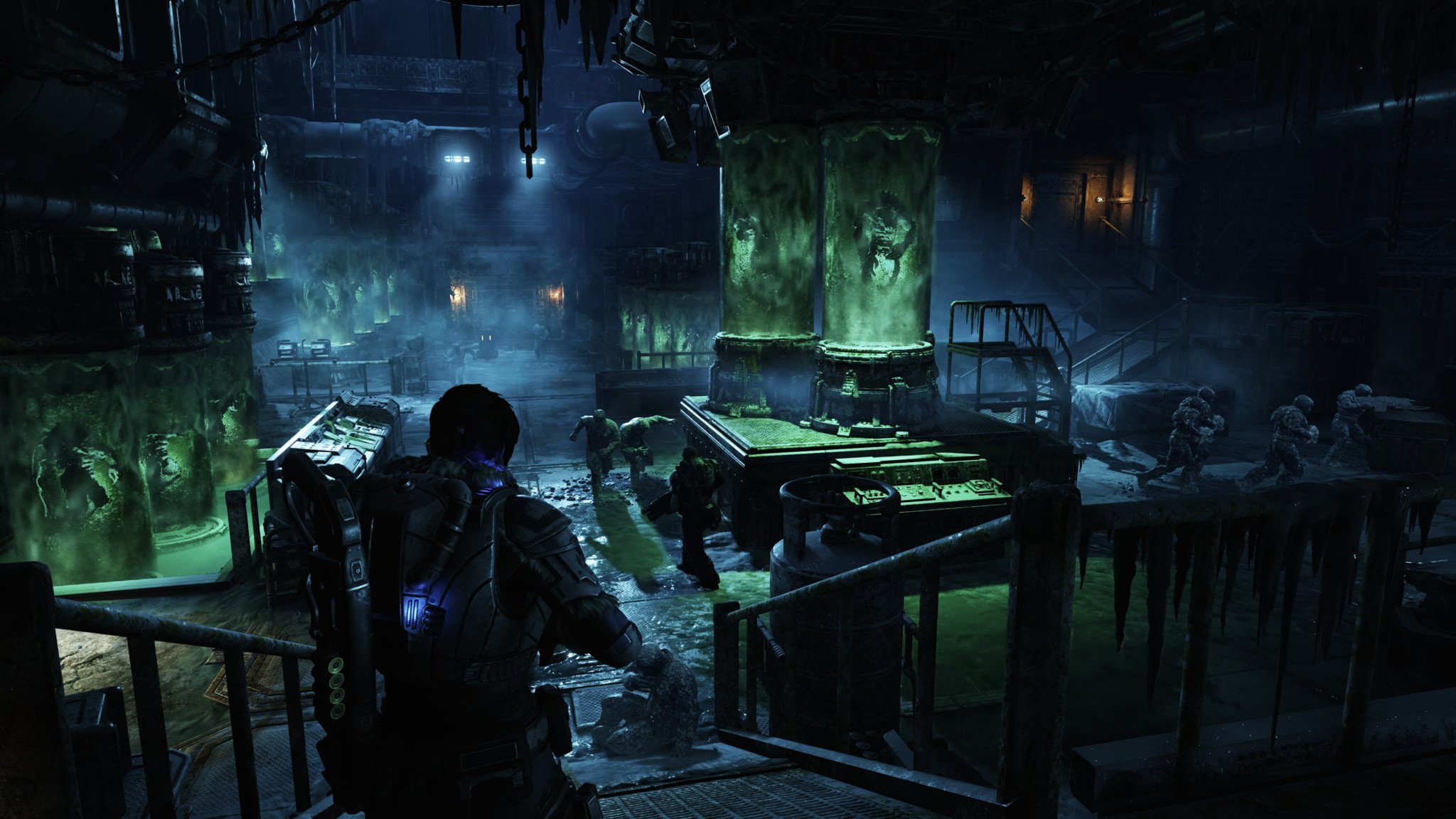
The NVME SSD alone has massive implications for game development. Fast traveling in open world games has become near-instant, compared to the sluggish speeds of yesteryear. Loading screens have become brief to the point of irrelevancy. Games like Elden Ring and Starfield cut down mechanical loading speed times from anywhere up to a minute down to around 10-15 seconds. The vast majority of games we’ve tested see similar speed enhancements, too.
At launch, the Xbox Series X didn’t have much to showcase for its power, but over time the situation has improved. Into the future, we’ll also have photorealism on a scale we’ve not really seen before, when games like Hellblade 2 and others finally make the grade. The primary benefit right now is raw performance, by which you’ll see more games hit 120Hz than has ever been capable outside of PC gaming. Microsoft has invested a ton in preparing a content slate built for future platforms, which indeed, brings us to the next section.
Xbox Series X and the future
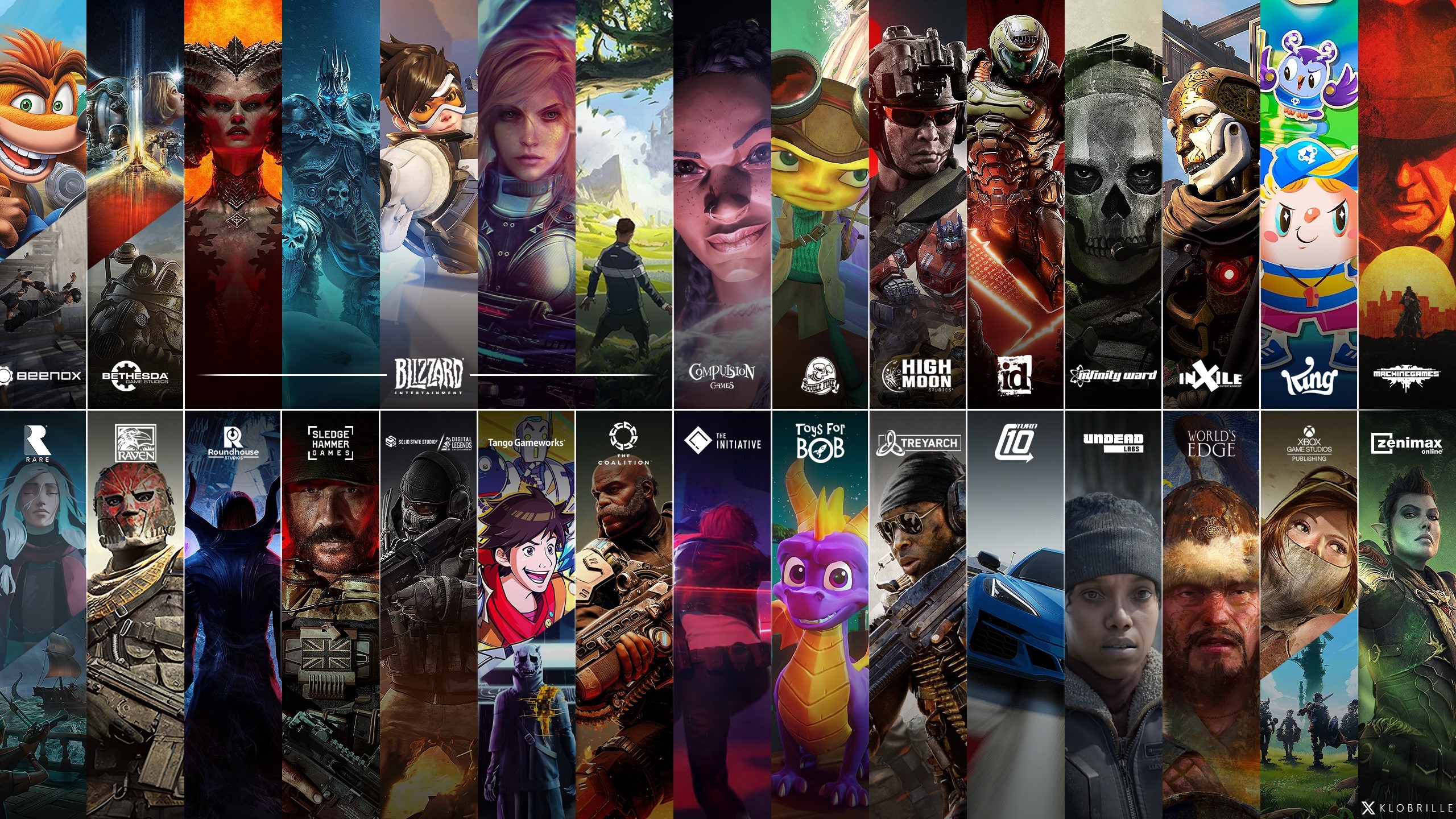
One thing Microsoft is often criticized for in the wider gaming zeitgeist is over the quality of its games, but I would firmly argue that this is wholly unfair. Competing platforms may have a monopoly on certain types of experiences, but the sheer diversity of high-quality content being offered on Xbox is unmatched in my view, with a broad spectrum of genres accounted for. Also, the Xbox Game Pass tie in delivers value no other platform really approaches, baking in hundreds of games and day-one Xbox exclusives for a $10-$15 monthly fee. Microsoft has a huge array of tricks up its sleeve for 2024 and beyond as well.
Microsoft purchased ZeniMax Media a couple of years back, giving them ownership of franchises like DOOM, Fallout, The Elder Scrolls, and Dishonored. It led to their first truly high-profile “zeitgeist”-busting game in the form of Starfield. Starfield reviewed well, but its flaws still have some outlets and content creators questioning Microsoft’s ability to deliver “Game Award”-worthy titles. Even still, other titles like Forza Horizon 5, Flight Simulator, Age of Empires 4, and even the stunning shadow-dropped action game Hi-Fi Rush have proved Microsoft’s ability to deliver high-quality content, and the upcoming slate of titles is incredibly promising. Hellblade 2, Clockwork Revolution, South of Midnight, Marvel’s Blade, and others all look incredible, and it’s only a tiny sliver of what Xbox is potentially working on.
Microsoft also just completed an acquisition of Activision-Blizzard. The income from games like Candy Crush, Call of Duty, World of Warcraft, and other headline acts from Activision will subsidize an explosion of Xbox content down the line. The future of Xbox has never been brighter, and the volume of high-quality content already present on the system is also more accessible than ever, thanks to the value from Xbox Game Pass. Every major game from Fortnite to Apex Legends enjoys parity with competing platforms, and while there has been some blips, Microsoft has shown itself to be working hard to solve gaps in its portfolio.
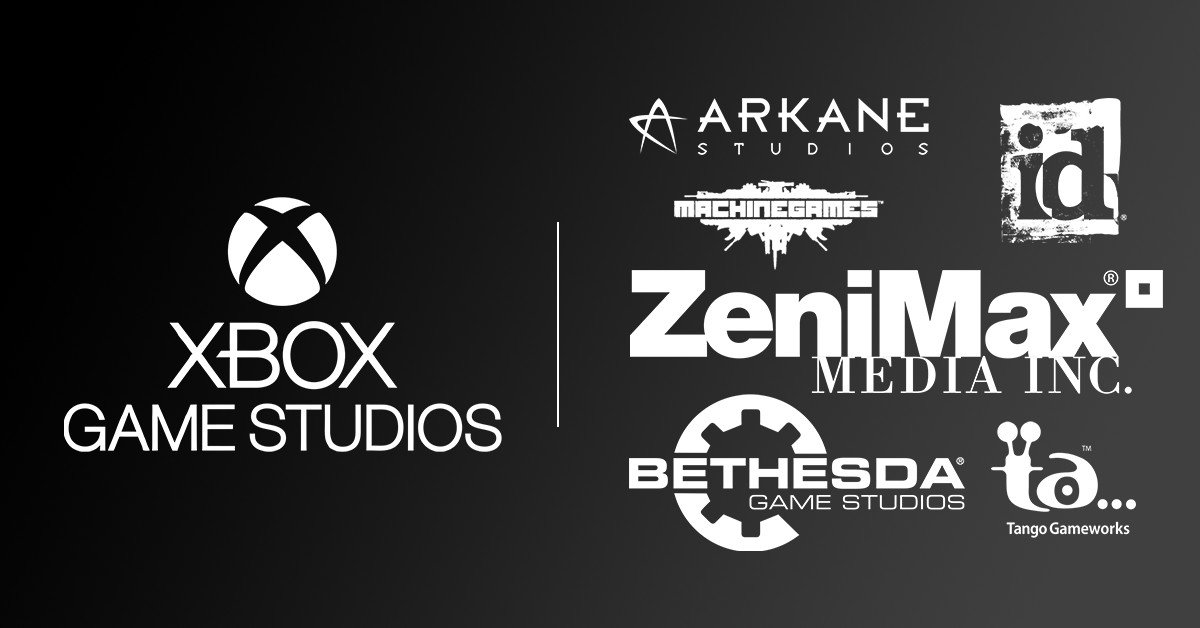
Microsoft had a pretty impressive run with Xbox Game Pass in 2023, with high-profile third-party day one inclusions for high-quality games like Lies of P, Wo Long, and Monster Hunter Rise. Microsoft has also worked hard to get more support from Japanese publishers like Square Enix, SEGA, and Capcom, all of whom have pledged support for Xbox Game Pass and the Xbox platform in various forms.
Xbox struggled to put out a compelling line up for the Xbox Series X at launch, and it was frustrated further by the pandemic. As we head into 2024, though, the sheer scale of the Xbox platform is finally coming together. A comprehensive ecosystem tied together by Game Pass, across cloud gaming, PC, mobile devices, and your home entertainment set up — with Xbox Series X well and truly the apex of the entire Microsoft Gaming ecosystem.
Xbox Series X review: Final thoughts and summary
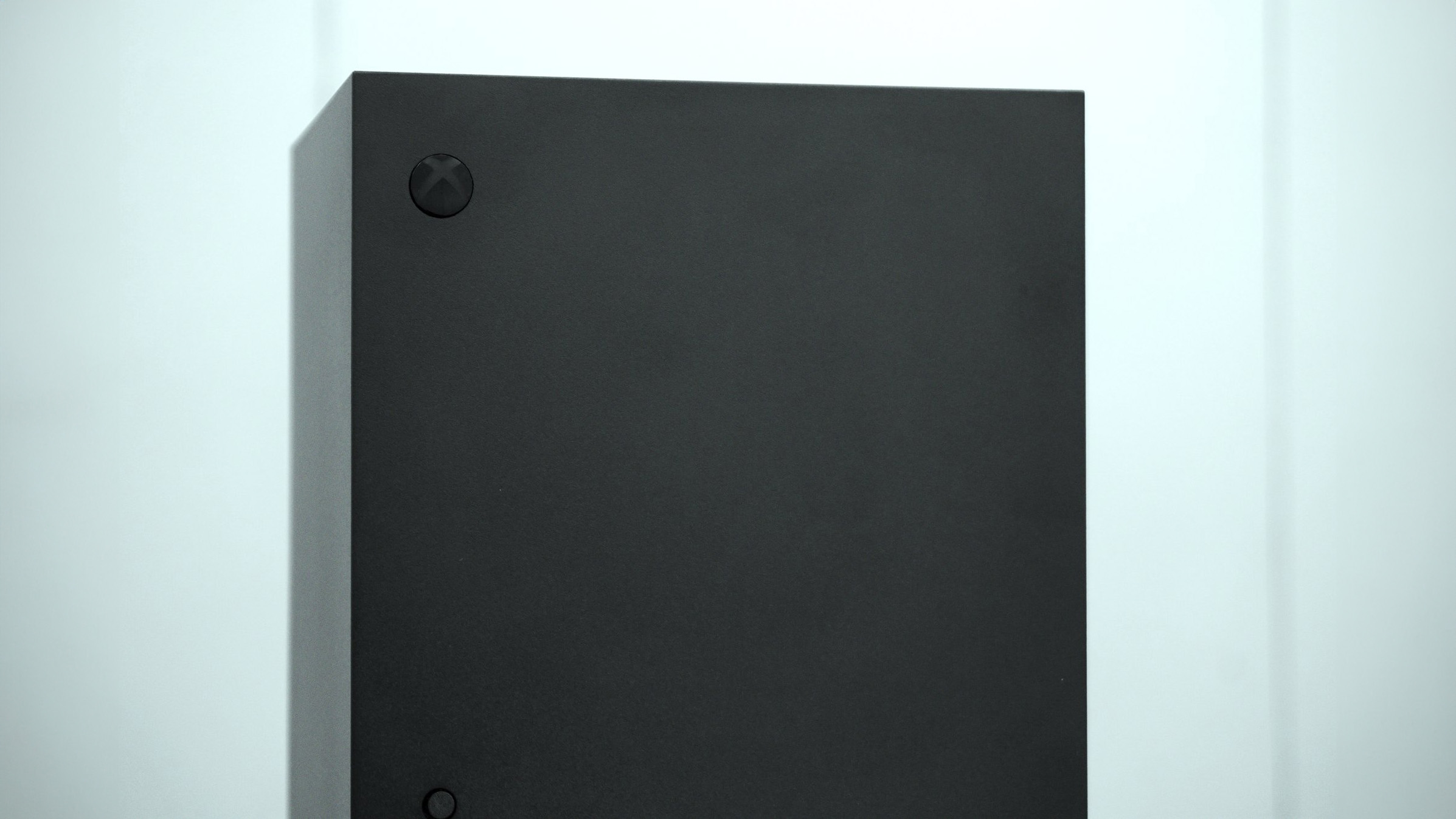
The Xbox Series X is a spectacular console. Every aspect of it is dripping with the love of a massive team that clearly cared about every millimeter, every line of code that was poured into this monolithic whole. Microsoft has struggled to keep pace with the global sales of the PlayStation 5, but its fortunes could change in the coming years ahead, as Microsoft’s gaming investments start to catch up.
Studios like id Software, Blizzard, Obsidian, Bethesda, Arkane, Infinity Ward, Toys for Bob, Undead Labs, InXile, and many, many others are all building content for Microsoft’s big gaming push — all tied together by Xbox Game Pass, and best experienced on the Xbox Series X.
You should buy this if:
- You’re an existing user in the Xbox 360, or Xbox One ecosystem considering an upgrade.
- You play lots of games, and like to be on the cutting edge.
- You have a 4K TV set that supports HDMI 2.1 features like FreeSync and HDR10.
Reasons not to buy:
- You could delay upgrading if you have an Xbox One S or Xbox One X, and tend to stick to specific service games like Fortnite, Minecraft, or Call of Duty.
- If you have a 1080p TV, you could grab a much cheaper Xbox Series S instead.
If you’re a hardcore Xbox gamer, you’re likely already sold on the Xbox Series X. If you’re looking to jump in for the first time with the best the ecosystem has to offer, the Xbox Series X will not disappoint. Unmatched value, a truly huge stable of studios building exclusive content, and power that rivals some of the most powerful gaming PCs out there. The Xbox Series X is the best video game console Microsoft ever made. And honestly, it’s now my personal pick for the best console ever made.
Microsoft’s place in the gaming industry is often under a level of scrutiny that PlayStation and Nintendo largely avoid. Since the purchase of ZeniMax and Activision, Microsoft is under a microscope more than ever before. There are a lot of questions about its place in the gaming landscape, and what the future of the industry may look like. Microsoft is involved in various aspects of gaming now, but the Xbox Series X truly represents the tip of the spear. It’s the pinnacle of the ecosystem — it’s the best way to access Xbox Game Pass, and experience the latest games with the most cutting edge visuals this side of a high-end (and expensive) gaming PC.
